LML6006 Migration Law: Analysis of a Federal Circuit Court Decision
VerifiedAdded on 2023/04/21
|5
|1056
|374
Report
AI Summary
This report analyzes a case concerning a judicial review application to the Federal Circuit Court of Australia regarding a decision by the Tribunal to not review the cancellation of a temporary business entry visa. The application was filed after the stipulated time limit. The Tribunal, supported by the Federal Court, determined that the email notification was deemed received. The appellant raised two key issues: whether the email's non-receipt affected the interpretation of 'transmitting' under regulation 2.55 and whether the Tribunal could extend the application time limit under the Administrative Appeals Tribunal Act. The report examines the legal arguments, including jurisdictional errors related to the interpretation of 'transmitting' and the Tribunal's power to extend deadlines. It also covers the significance of written notification and electronic communication regulations within the context of the Migration Act. The analysis references relevant legislation, including the Migration Act and Regulations, and case law to provide a comprehensive understanding of the legal issues involved and the court's decisions.
1 out of 5
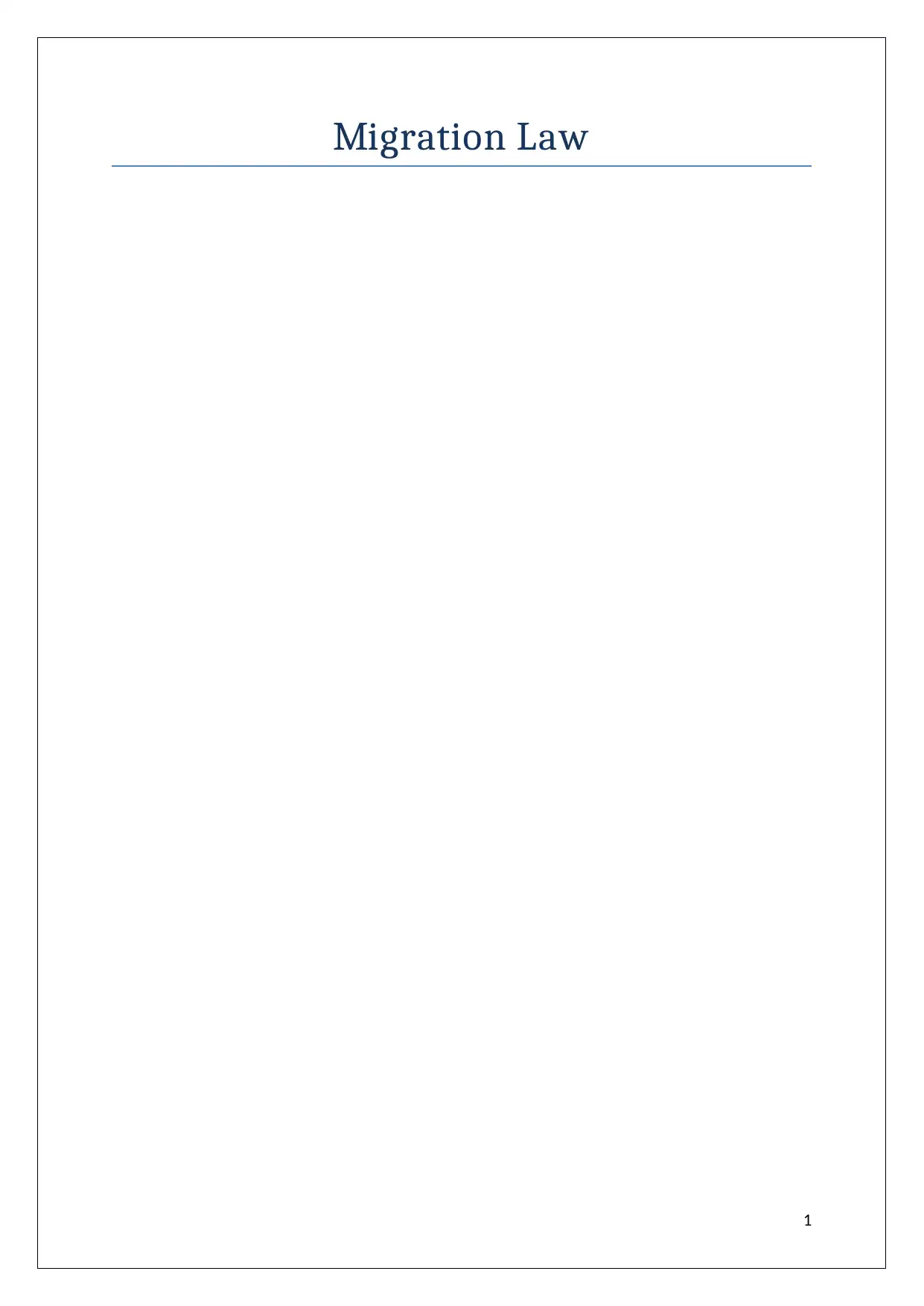
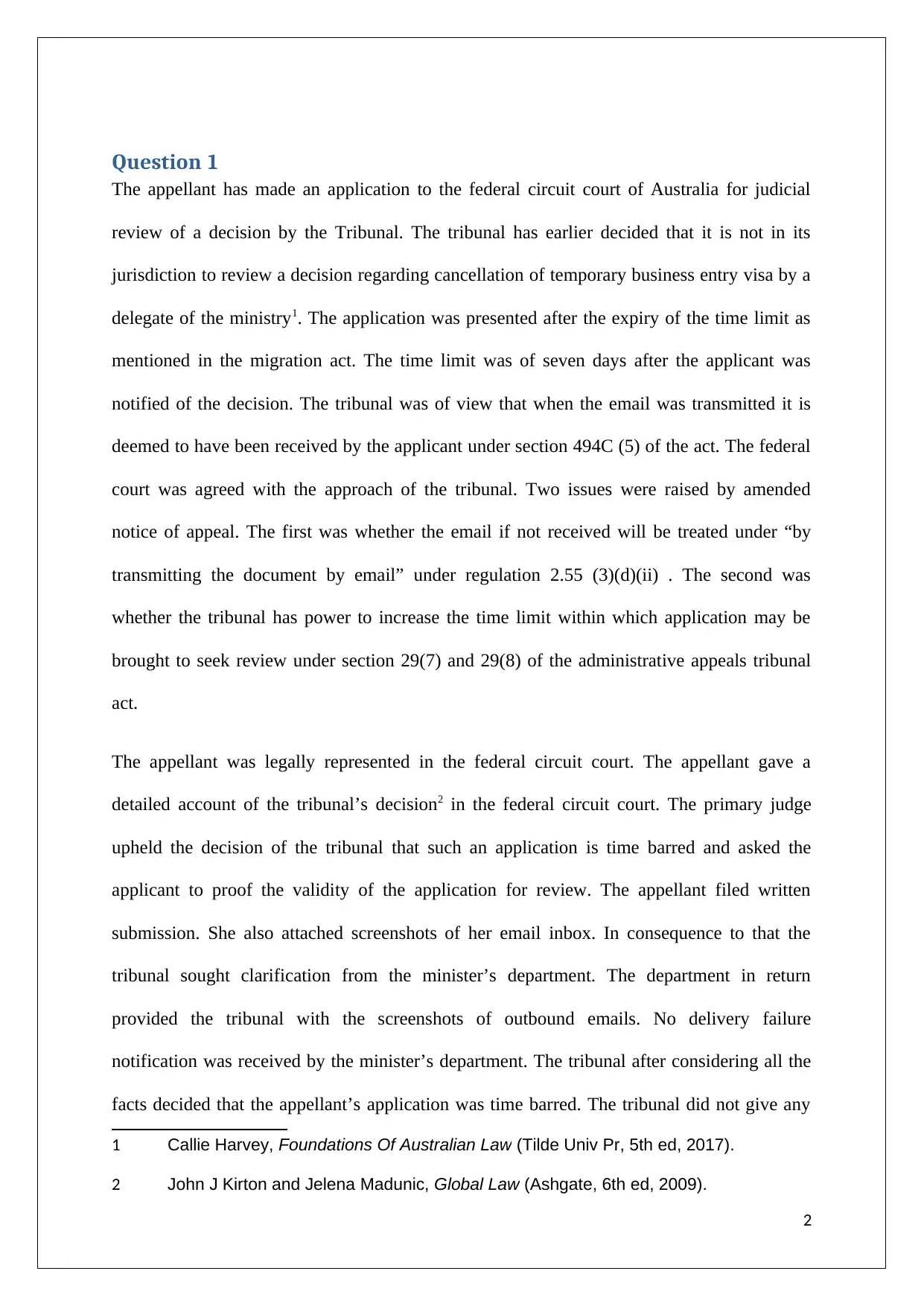
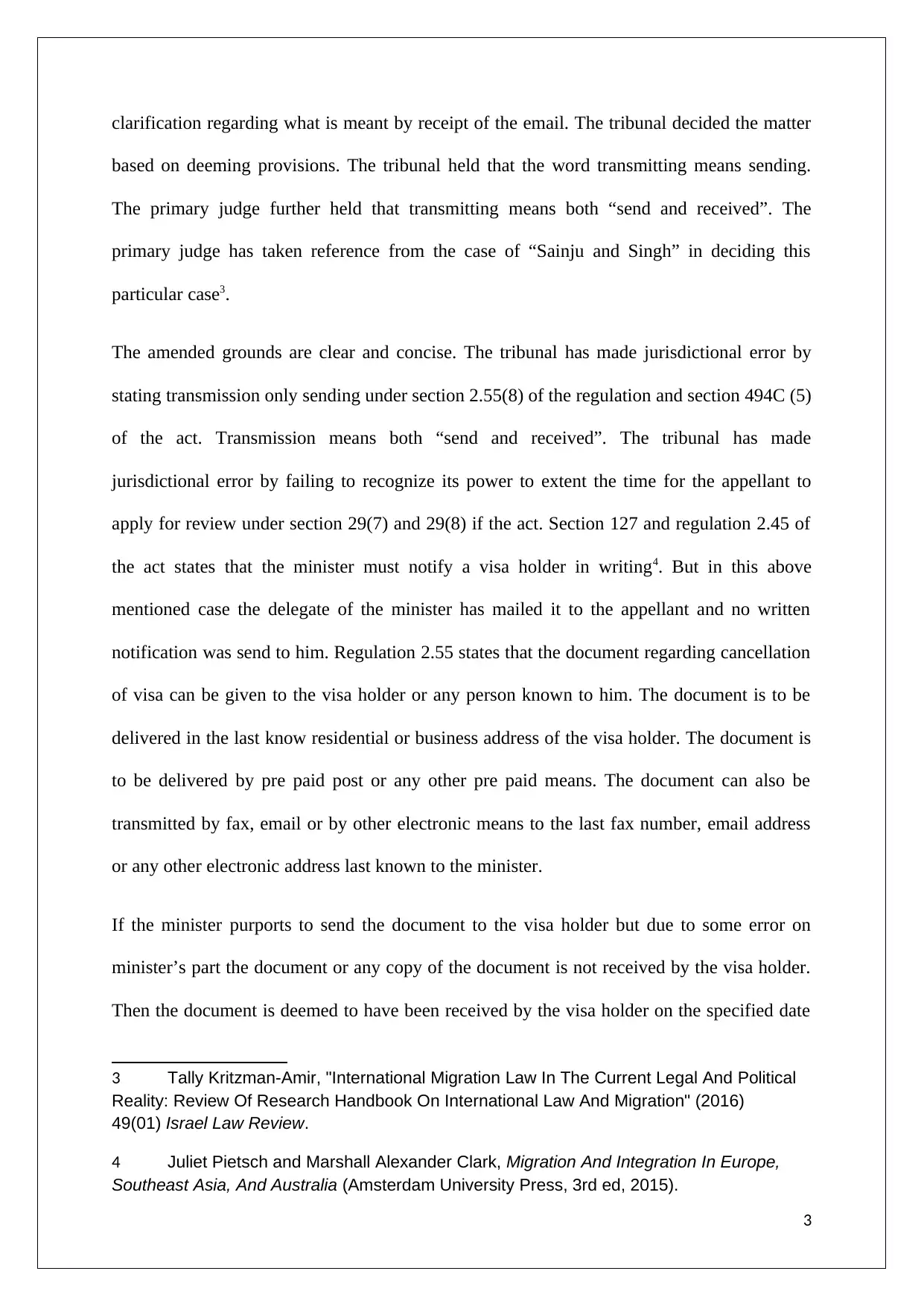

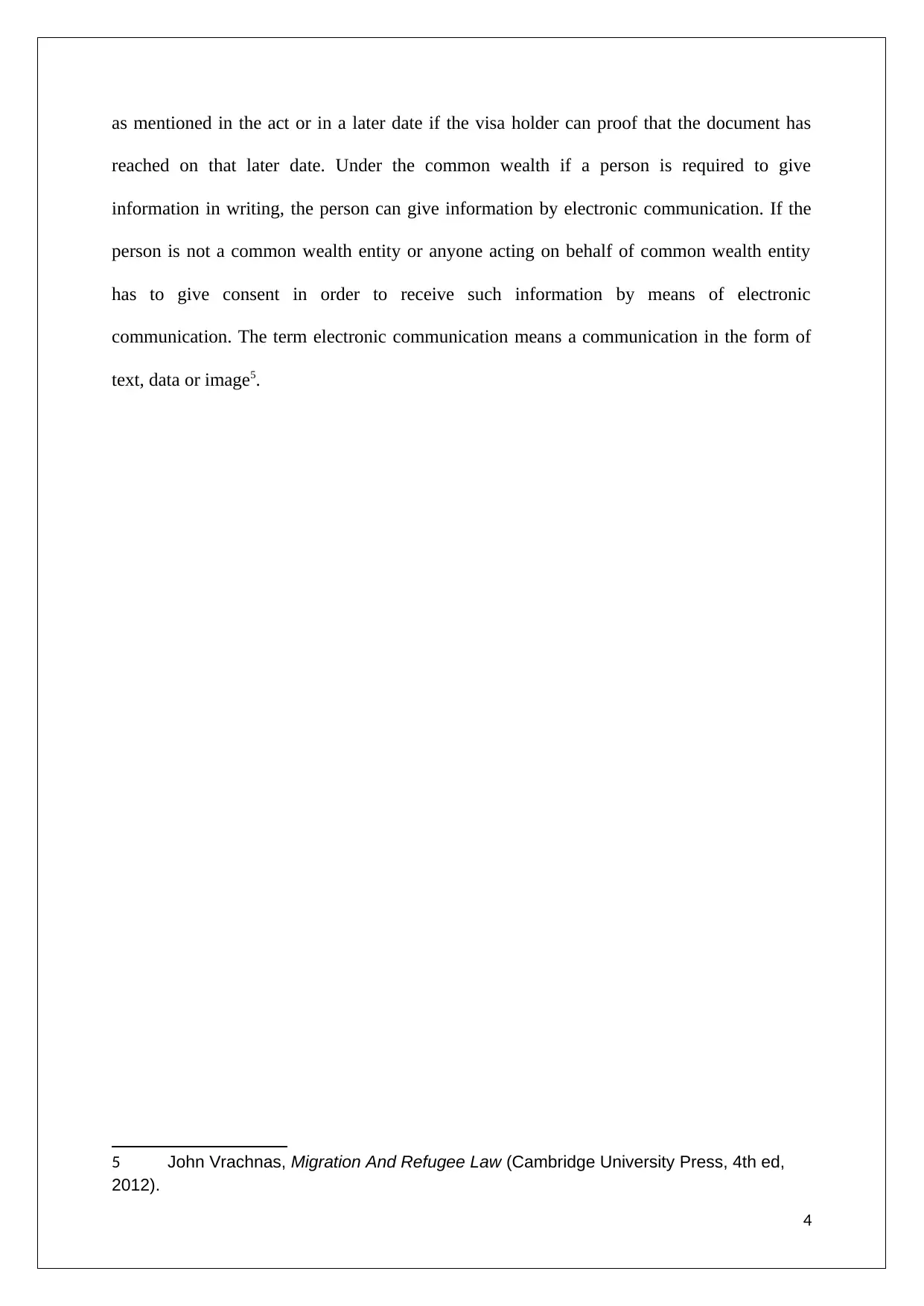
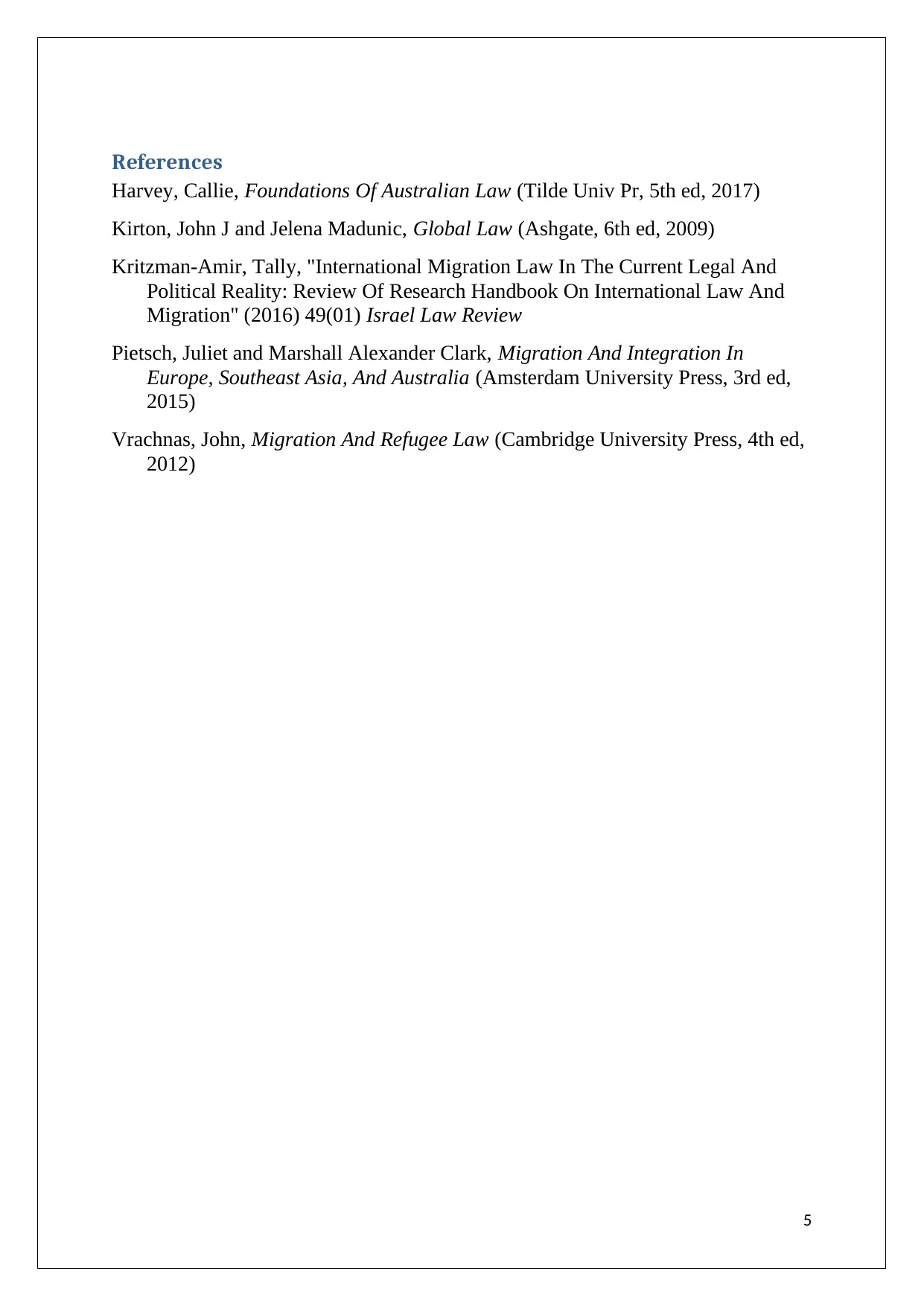






![[object Object]](/_next/static/media/star-bottom.7253800d.svg)